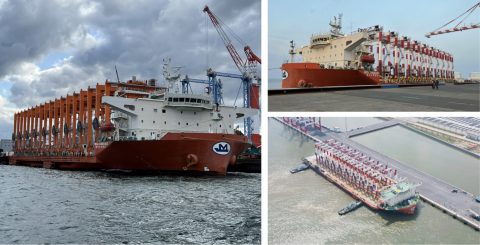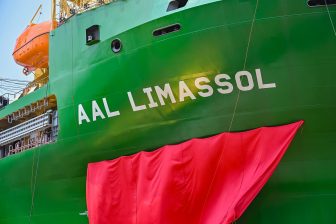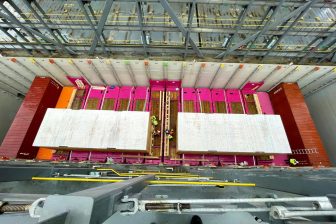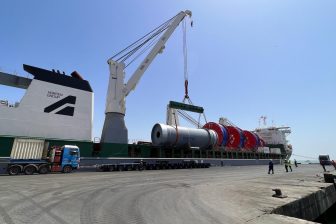
KCTC ships cranes to Vietnam
The South Korean logistics company and Project Logistics Alliance member, KCTC, shipped 18 rubber-tired gantry cranes (RTGC) to two different Vietnamese destinations.
Each RTGC weighed 140 tons and had dimensions of 26.35 metres by 11.20 metres by 24.55 metres. The cargo departed from the port of Oita, located on the island of Kyushu, in Japan. The first shipment was destined for the port of Nam Dinh Vu, a part of Gemadept’s Ports in Hai Phong, and the second for Long An International Port, south of Ho Chi Minh. The RTGCs will be used for the newly built container yard in the ports.
Winter in the South China sea creates choppy weather conditions, and the centre of gravity of the vessel was higher than half of the total height of the cargo, making the load prone to sliding or tipping. KCTC, therefore, applied motion analysis and additional sea fastenings to account for the weather conditions. Upon arrival, a ramp-way assembly set and a shore power supply unit were used for discharge, as the RTGCs could move on the ground.
You just read one of our premium articles free of charge
Register now to keep reading premium articles.



